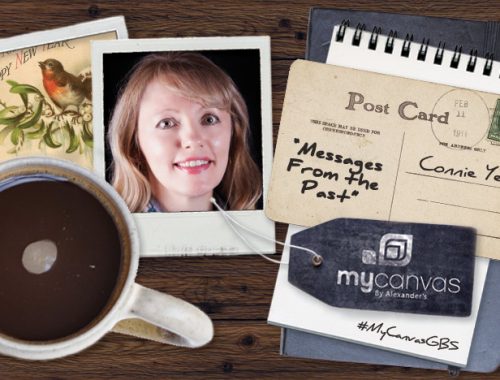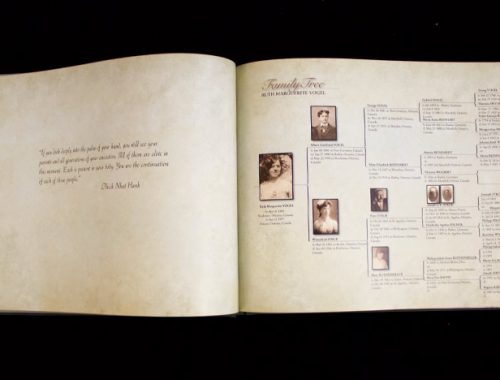Discovering your family’s history is a thrilling endeavor. Learning family stories, finding heirlooms, and discovering where you came from can link a person to their past and help them establish a brighter future. But as exciting as that journey can be, it can also be overwhelming when just getting started. Where do you begin? Where do you find information about your family, especially if many of your ancestors are already deceased? Here are some tips to help you begin family history.
Start With What You Know
Even if you don’t know most of your ancestors, there are a few key individuals you do know – yourself and your immediate family. Whether you have one parent, both, or step family, start with what you know. Record important information such as birth dates, marriage dates, etc. Do this for as many ancestors as you can recall off the top of your head. Starting with what you know is a crucial first step in establishing your family history. And, once you know what you know, you can begin searching for the information you do not know.
What Info Do You Have on Hand?
After you’ve recorded everything you know, it’s time to gather the family history surrounding you. Are there scrapbooks in your closet that belong to you or your parents? Are there photos of individuals with important information on the back, such as individual’s names, dates, or locations? Is there a box of dusty journals or letters in your attack? Collecting nearby information is a great second step, because what you have on hand is easy for you to access, and may include previously unrecorded family history. Remember to organize this information as you go so that you can easily locate it at a future date.
Contact Relatives
If you don’t have family records on hand, or if you’ve found as many as you are able to, it’s time to contact relatives and see what information they’ve gathered. Extended family can be a great way to identify people in photos, as well as acquire additional family records. Many personal family items only have one copy and are kept within the family. Locate these priceless heirlooms, and use them to learn the stories of your family’s history. Remember to make multiple copies of important documents, and save them across a broad span of devices so that there is a back up in case something happens to the original or one of the copies.
Upload
Now that you’re establishing your family’s history, it’s beneficial to upload the information you’ve found to an online family history resource, such as Ancestry.com, FamilySearch.org, or FindMyPast.com. By building your family tree online, you may discover other family members with family trees that link to yours, providing you with an abundance of new history and information. In return, by uploading the information you’ve discovered in your personal archives, you may provide missing pieces to other people’s family trees.
Identify Missing information
Now that you are armed with an arsenal of information, it’s time to identify what information is missing. Are birth or death dates of great-great ancestors unknown? Is there an arm of the family tree missing because of a need to identify a maternal grandmother? Pick one family line to begin with to focus your family history research, and then proceed to the next step.
Search Vital Records
With indexing events happening world wide, a lot of new information is becoming available on the internet, and there are a plethora of resources to search for your family name, including church records, military records, newspapers, and city directories. FindMyPast has shared this great article about the 20 most useful record types, how to use them, and where to find them. Also consider additional, overlooked research sources, such as social media and even community cookbooks.
Cite Sources
Remember, along each and every step of your journey, cite your sources. This will give validity to your family tree, help you retrace your steps if you find mistakes in your work, and help your descendants follow in your footsteps to learn more about their family history. Learn more about citing paper sources here and oral sources here.
So what are you waiting for? It’s time to begin your journey and discover your family’s history!
_
About MyCanvas by Alexander’s
Make beautiful, custom family history books and family tree posters using MyCanvas.com‘s free online software. Upload your family history information directly from Ancestry.com (including census records, photos, timelines, and more) or build your project from scratch by using our customizable templates found under the “Photo Books” tab. Want to know more about getting started with MyCanvas? Click here.




